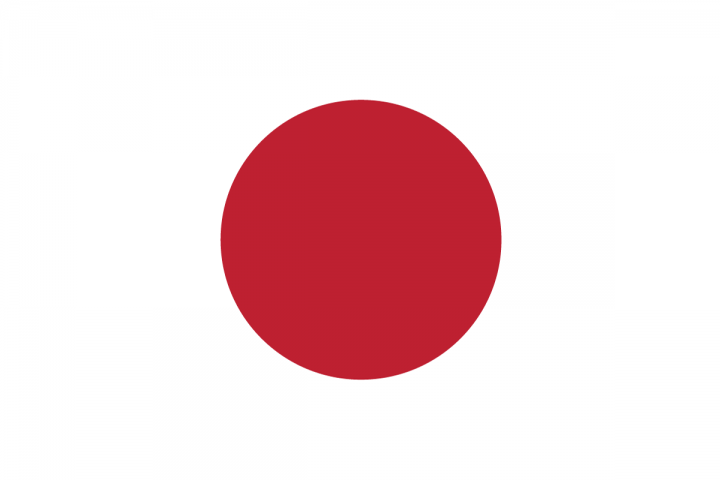The COVID-19 pandemic has highlighted the central importance of a well-functioning health care system. Nations that ensure affordable, efficient, and equitable access to quality care are at a clear advantage when it comes to mitigating the virus’s destructive power.
The 2020 edition of International Profiles of Health Care Systems is a resource for learning about health care systems around the world. Users can find information on how nations organize, govern, and finance their health systems; efforts to improve quality of care, contain costs, and reduce racial and ethnic disparities; innovations in health care delivery; and other recent reforms.
New topics covered in this 2020 edition include: the variety of paths to universal coverage; medical education systems; and patient cost-sharing for basic services.
Select one of the 20 countries from the menu below to begin exploring.




















